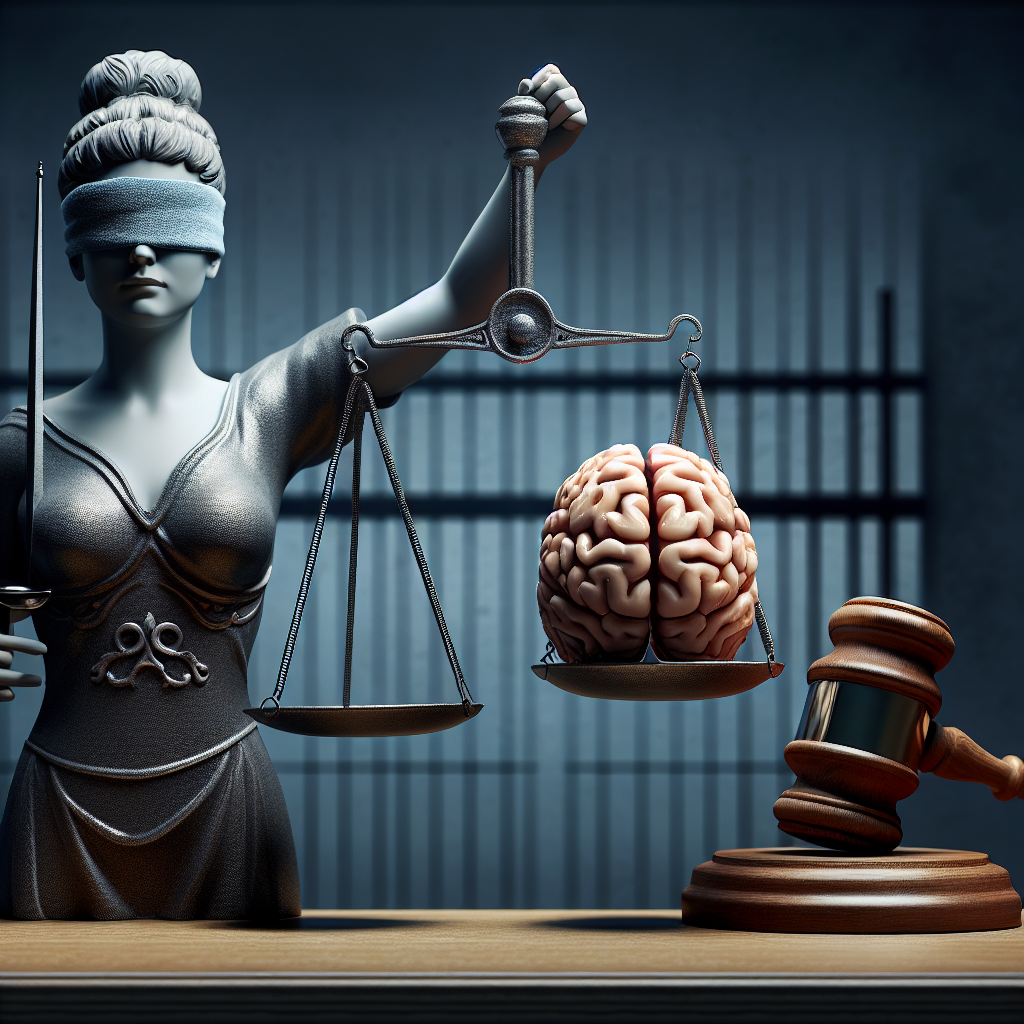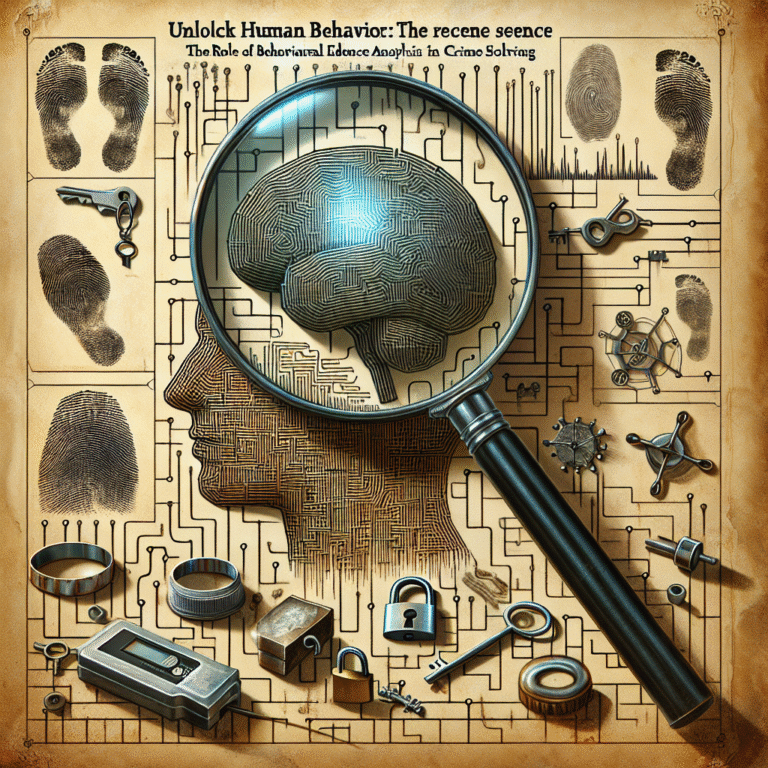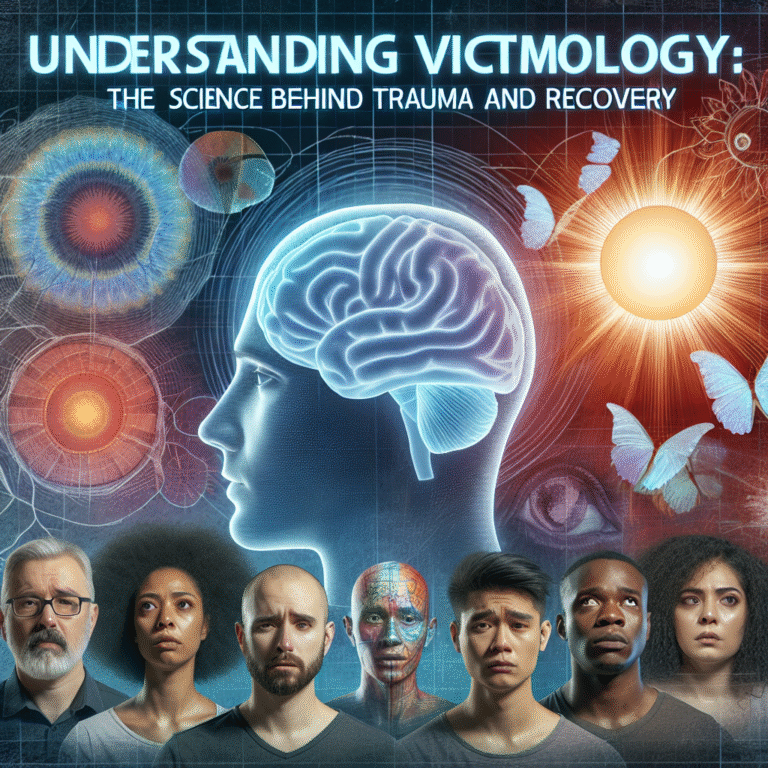
Introduction
In the complex world of criminal justice, few topics spark as much debate and intrigue as the insanity defense. At the intersection of law and mental health, the question of whether a defendant can be held accountable for their actions when mental illness plays a role has baffled courts and scholars for centuries. Decoding the Insanity Defense: How Mental Health Influences Courtroom Verdicts reveals not just the legal intricacies but also the human stories behind the headlines, inviting us to consider the profound impact of mental health in our justice system. Why does this matter? Because understanding this defense is essential not only for legal professionals but also for society at large, as it reflects our values, our compassion, and our quest for justice.
The Insanity Defense Explained
What Is the Insanity Defense?
The insanity defense operates on the premise that if a person suffers from a severe mental disorder at the time of committing a crime, they may not have the capacity to understand the nature of their actions or distinguish right from wrong. This defense can lead to a verdict of "not guilty by reason of insanity" (NGI), which can profoundly change a person’s life trajectory.
Key Standards for Insanity Defenses
- M’Naghten Rule: Focuses on whether defendants understood their actions or knew they were wrong.
- Durham Rule: Relies on criminal behavior resulting from mental illnesses.
- American Law Institute (ALI) Rule: A blend that includes the inability to appreciate criminality due to mental disease or defect.
Understanding these standards is crucial in decoding the insanity defense: how mental health influences courtroom verdicts.
Mental Health Assessment in Court
In addition to understanding the legal standards, the process of assessing a defendant’s mental health plays a critical role. This assessment typically relies on:
- Psychological Evaluations: Conducted by licensed professionals, these evaluations determine the presence of mental illness and its impact on the defendant’s behavior.
- Expert Testimony: Mental health professionals provide opinions based on their assessments, which the jury often finds persuasive.
Case Study: John Hinckley Jr. and the Ronald Reagan Assassination Attempt
One of the most famous cases in U.S. history is the 1981 assassination attempt on President Ronald Reagan by John Hinckley Jr. Hinckley claimed that he was motivated by a delusional obsession with actress Jodie Foster. In 1982, he was found not guilty by reason of insanity, a verdict that incited public outrage and ultimately led to reform in how the insanity defense is perceived and applied.
Analysis
Hinckley’s case highlights the significant role mental health can play in establishing an insanity defense. Furthermore, it also demonstrated how such verdicts can sway public opinion and influence legal reforms.
The Psychological Impact on Courtroom Verdicts
The Role of Mental Illness in Committing Crimes
A significant body of research indicates that individuals with mental illnesses are often overrepresented in the criminal justice system. Understanding the psychological underpinnings of this phenomenon is crucial for decoding the insanity defense: how mental health influences courtroom verdicts.
Table 1: Mental Illness and Crime Statistics
| Type of Mental Illness | Percentage of Individuals in Criminal Justice System | General Population Percentage |
|---|---|---|
| Schizophrenia | 5-7% | 1% |
| Bipolar Disorder | 10-15% | 2-3% |
| Severe Depression | 15-20% | 4-5% |
Public Perception and Media Influence
Public perception can often sway verdicts surrounding the insanity defense. High-profile cases are amplified through the media, impacting how juries view mental illness. For instance, portrayals of criminals with mental illness often evoke fear, leading to biases against defendants.
Case Study: Andrea Yates
In 2001, Andrea Yates drowned her five children in a fit of postpartum depression. Initially found guilty, her conviction was overturned upon appeal after new evidence surrounding her mental health was presented.
Analysis
Yates’s case showcases not only the complexity of the insanity defense but also highlights the societal stigma associated with mental illness. It brings to light the need for a more nuanced understanding and compassion in the justice system.
The Consequences of the Insanity Defense
Social Versus Legal Accountability
When a defendant is found not guilty by reason of insanity, they can often be committed to a mental health facility rather than serving time in prison. This can lead to questions about whether society is adequately protected and whether justice has truly been served.
Statistical Outcomes of Insanity Verdicts
Table 2: Outcomes of Insanity Defense Cases
| Jurisdiction | NGI Verdict Rate | Recidivism Rate | Average Treatment Time |
|---|---|---|---|
| New York | 15% | 25% | 3 years |
| California | 20% | 18% | 5 years |
| Texas | 10% | 20% | 4 years |
Challenges Faced by Individuals Found NGI
Despite avoiding prison, individuals found NGI often face significant challenges reintegrating into society. They may be subject to public stigma, and the fear surrounding their status can lead to further mental health struggles.
Legal Trends Surrounding the Insanity Defense
Rising Awareness of Mental Health
In recent decades, there has been a growing awareness of mental health issues in society, leading to legal reforms regarding how the insanity defense is applied.
Notable Legal Changes
- Reform in Jury Instructions: Jurors now receive clearer guidance on assessing mental illness in criminal cases.
- Increased Access to Mental Health Services: Expansion of community-based services to reduce recidivism rates among individuals with mental illness.
Global Perspectives on the Insanity Defense
Different countries have varying standards and approaches in handling the insanity defense. For instance, in some jurisdictions, a "guilty but mentally ill" verdict has emerged to provide alternative outcomes that incorporate mental health considerations without fully exonerating the defendant.
Case Study: Norway’s Anders Breivik
In 2012, Anders Breivik killed 77 people in Norway, claiming he was mentally ill. He was found sane enough to face trial, but this case invited significant discourse on how nations perceive mental health in relation to guilt and accountability.
Analysis
This case emphasizes the cultural context of mental illness and how different legal systems navigate the complexities of the insanity defense.
Navigating the Future of the Insanity Defense
Making the System Work for Everyone
There is an ongoing need for justice systems to adapt in ways that both address public safety and ensure fair treatment of defendants with mental health issues. Some potential avenues for reform include:
- Better Training for Law Enforcement: Providing law enforcement with adequate training on mental health crises could de-escalate situations before they reach the courtroom.
- Improving Mental Health Resources: Expanding accessibility to mental health care can lessen the burden on the criminal justice system.
Educating the Public
Public education campaigns can demystify mental health issues and promote a more accurate understanding, which can in turn impact jury decisions and societal perceptions.
Conclusion
As we have explored throughout decoding the insanity defense: how mental health influences courtroom verdicts, it becomes clear that this topic is more than just a legal issue; it is a societal concern that touches upon ethics, psychology, and public policy. Striking the right balance between compassion for individuals suffering from mental illness and maintaining public safety is a challenging yet essential goal.
As we advocate for better mental health awareness and the reform of legal systems, we can ensure that justice is served—not just in the courtroom, but also in the hearts and minds of society.
FAQs
1. What is the primary purpose of the insanity defense?
The insanity defense aims to determine whether a defendant can be held criminally responsible for their actions due to a severe mental disorder affecting their understanding of reality.
2. How often is the insanity defense successfully used in court?
The success rate of the insanity defense varies by jurisdiction and case, but it generally hovers around 15% to 25% of cases, depending on local laws and the specific circumstances.
3. What happens to someone found not guilty by reason of insanity?
Individuals found not guilty by reason of insanity are typically committed to a mental health facility for treatment rather than serving jail time. The length of commitment can vary based on their progress.
4. Are mental health evaluations required for the insanity defense?
Yes, comprehensive mental health evaluations are typically conducted to ascertain the defendant’s mental state at the time of the crime and their current condition.
5. Can someone who committed a crime due to mental illness be rehabilitated?
Yes, many individuals found not guilty by reason of insanity can be successfully rehabilitated with proper treatment and support, although challenges often remain due to societal stigma.
By understanding the complexities of the insanity defense, we can contribute to a more compassionate and nuanced legal system that respects both justice and mental health.















